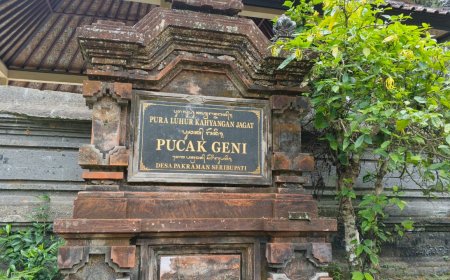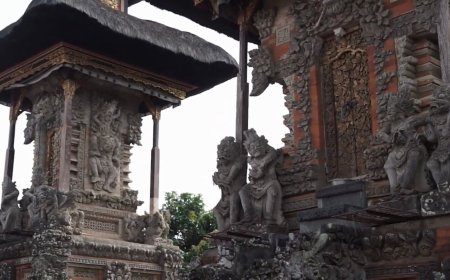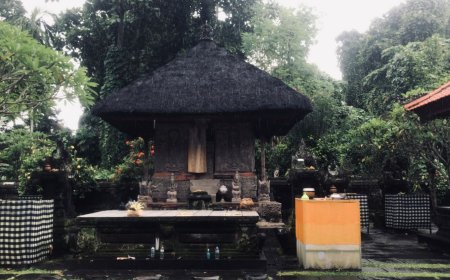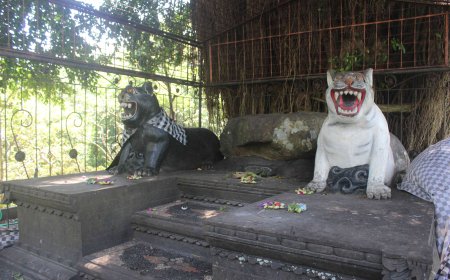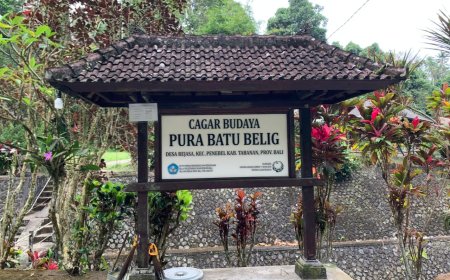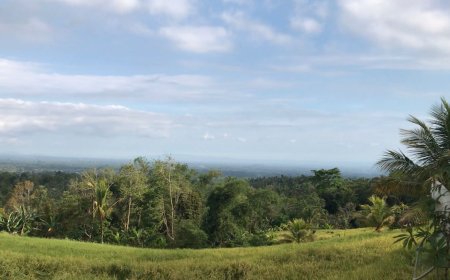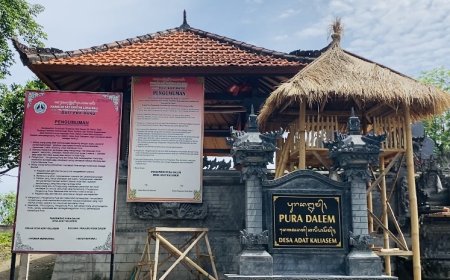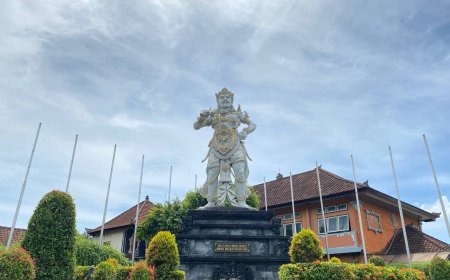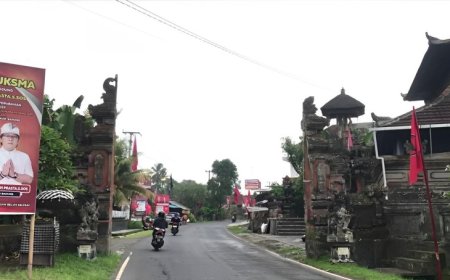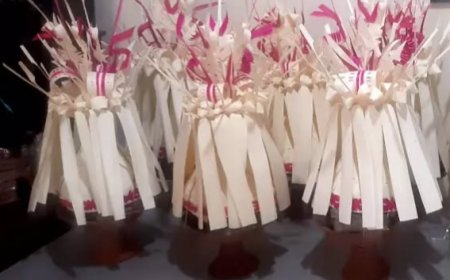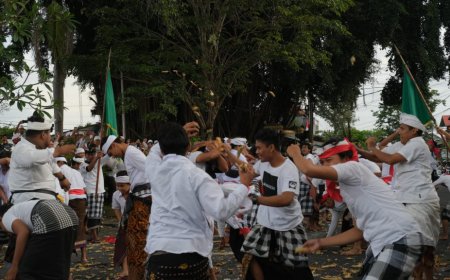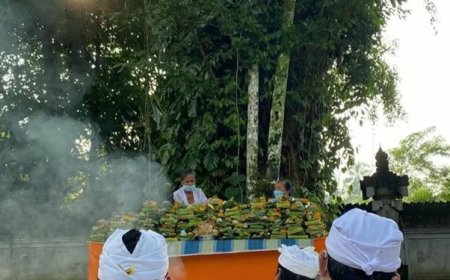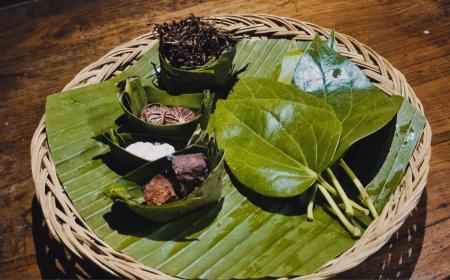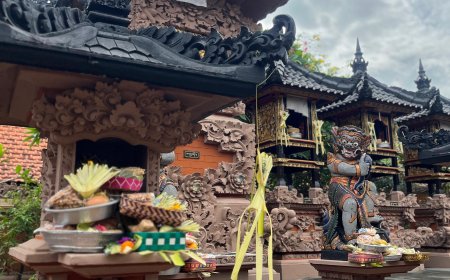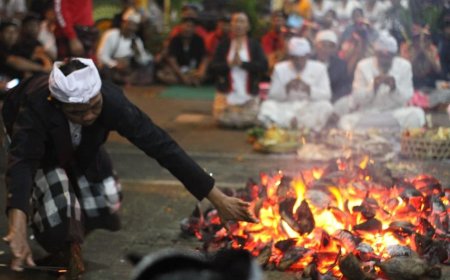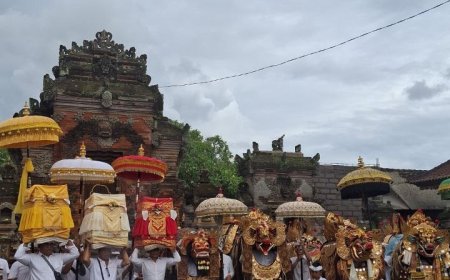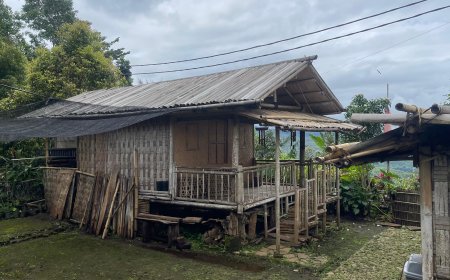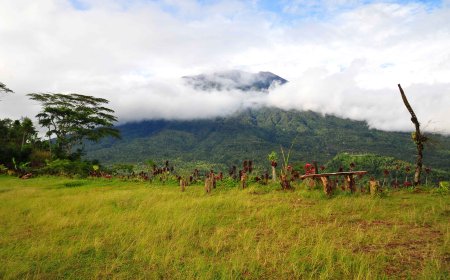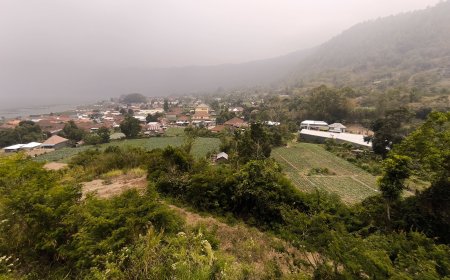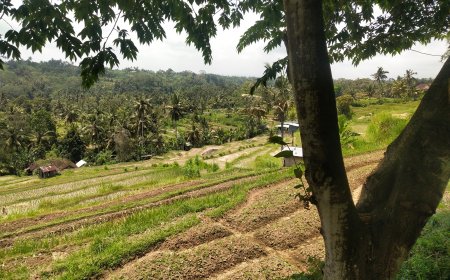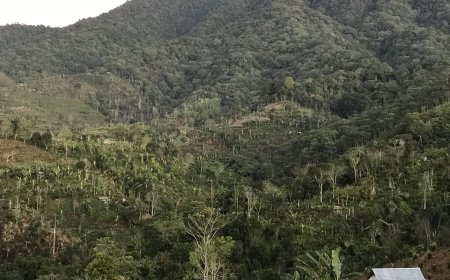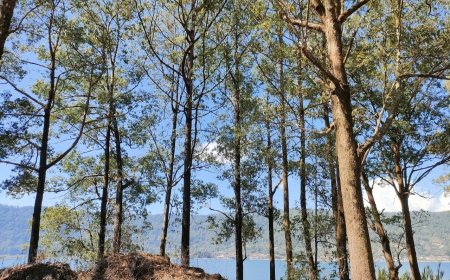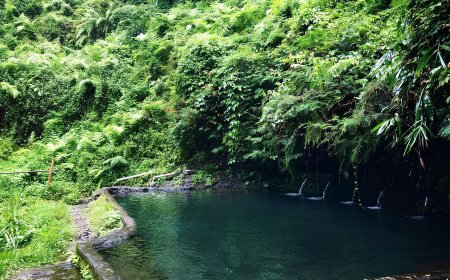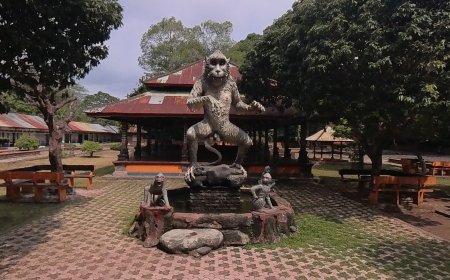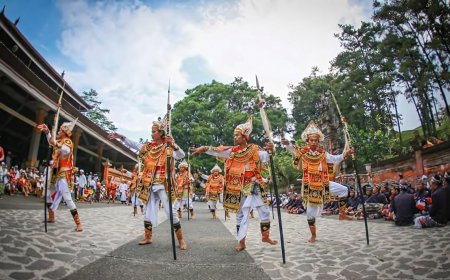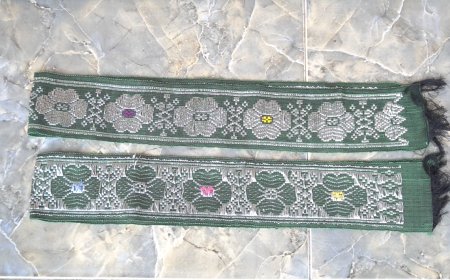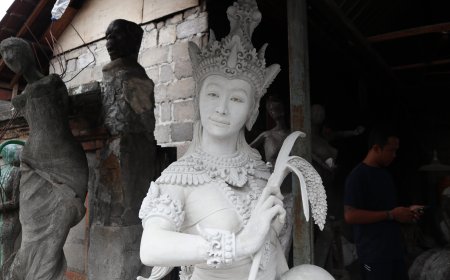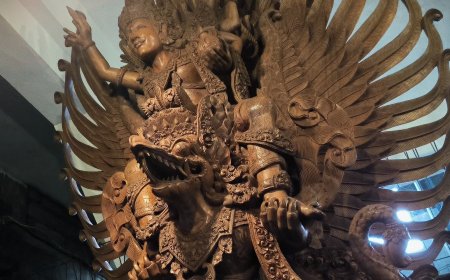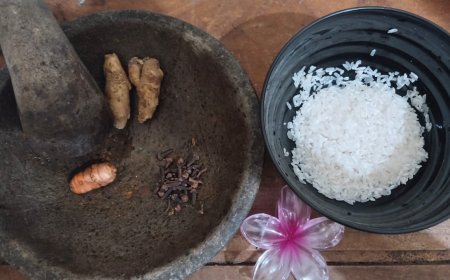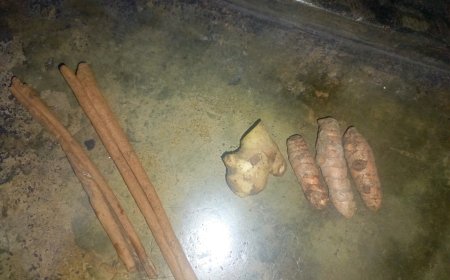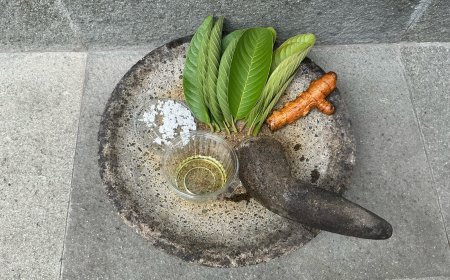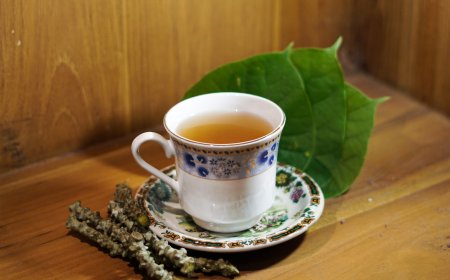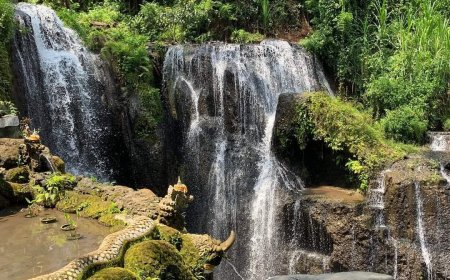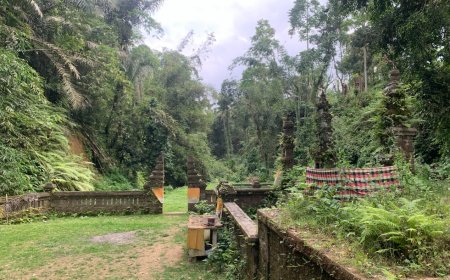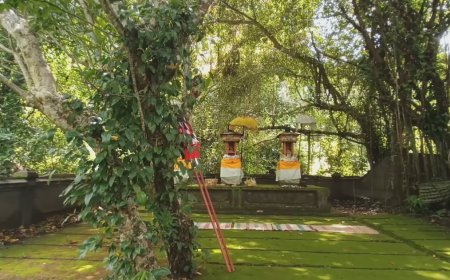Taman Beji Buah Muda Sacred Spring: A Holy Spring That Appears When the Tree Begins to Bear Fruit
The Taman Beji Buah Muda Sacred Spring in Kediri Village, Tabanan, Bali, is a revered holy water spring that serves as the primary source of water for daily needs and traditional ceremonies. The uniqueness of this sacred spring lies in a remarkable natural phenomenon where water flows whenever the large tree near the spring begins to bear fruit.
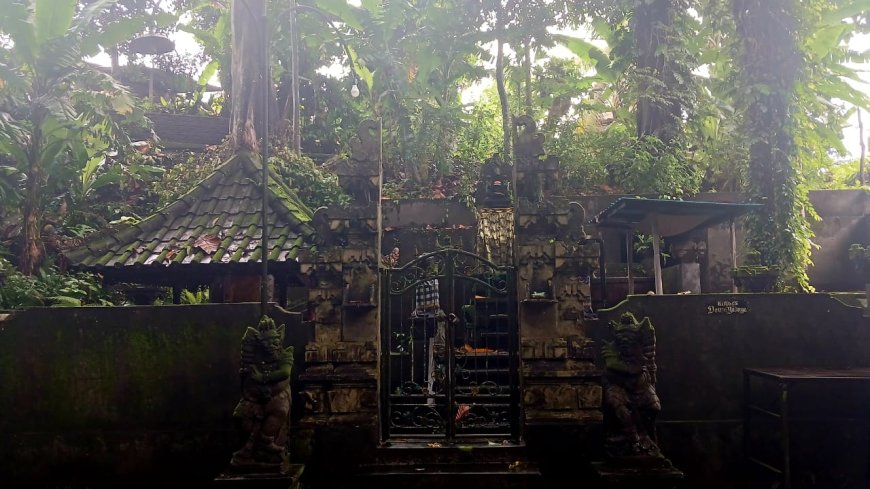
The Taman Beji Buah Muda spring is a sacred spring located in Kediri Village, Kediri Subdistrict, Tabanan Regency, Bali, approximately 6 km from Tabanan city. This spring plays a very important role for the people of Kediri and Pandak Bandung villages. The water from this spring is one of the main sources for fulfilling daily drinking water needs. In addition, this spring also holds sacred value, as it is used in various traditional ceremonies regularly held by the local community. The existence of Taman Beji Buah Muda is not only an important part of daily life but also a heritage that is preserved and respected by the residents of both villages.
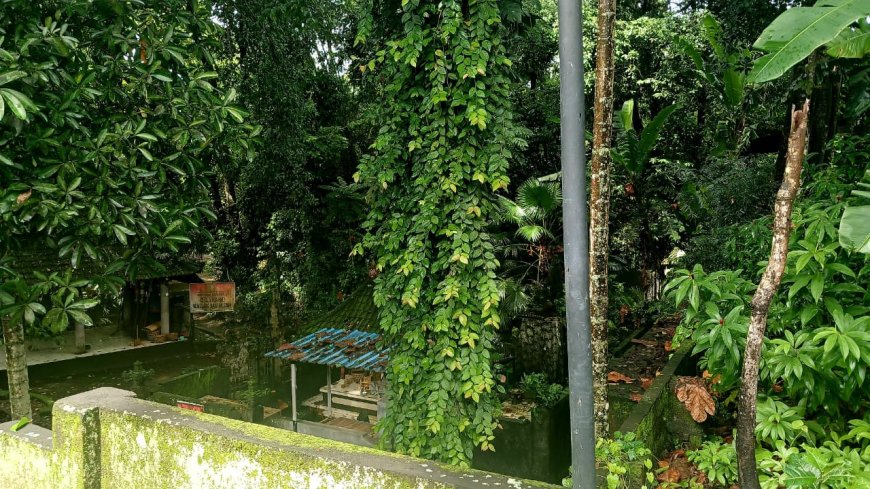
The Taman Beji Buah Muda Spring (Photo Source: Personal Collection)
The Odalan ceremony at Taman Beji Buah Muda is held every six months, specifically on Umanis Galungan day, which is the day after the Galungan Festival. On this day, the villagers gather to perform a collective prayer around the spring, which is believed to be a source of life that brings blessings. Various offerings (Upakara) are prepared with great care, reflecting gratitude for the blessings bestowed through this sacred spring. The ceremony proceeds solemnly, led by a priest who chants prayers for welfare and harmony. The atmosphere at the spring becomes lively with the villagers working together, making the Odalan not only a religious ritual but also a moment of togetherness that strengthens bonds between generations. This tradition is preserved as a meaningful heritage and cultural value.
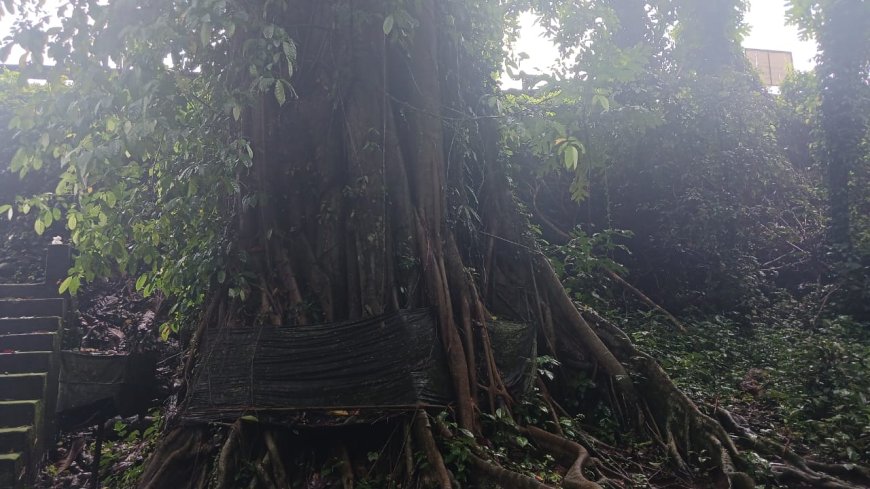
The Tree at Beji Buah Muda Spring (Photo Source: Personal Collection)
One of the unique features that makes Taman Beji Buah Muda so special is the natural phenomenon that occurs at its spring. The water from this sacred spring is believed to appear when the large tree growing in the area begins to bear fruit. This tree is not only a marker but is also considered sacred by the local community due to its close connection with the existence of the spring. When the tree starts to bear fruit, the spring slowly emerges and flows, bringing blessings to the surrounding community.
This phenomenon has been passed down through generations and has become an important part of the local community's belief in the harmony between humans and nature. The people believe that the appearance of water, always in sync with the fruiting season of the tree, symbolizes a tangible manifestation of the balance and blessings bestowed by nature. The tree is carefully tended by the local community, as it is seen as a symbol of life that brings prosperity. Each time the tree bears fruit, the villagers welcome it not just as a natural event, but also as a sign of incoming fortune and abundance. This uniqueness further emphasizes that Taman Beji Buah Muda is not just a water source, but also a place deeply imbued with tradition and cultural significance.
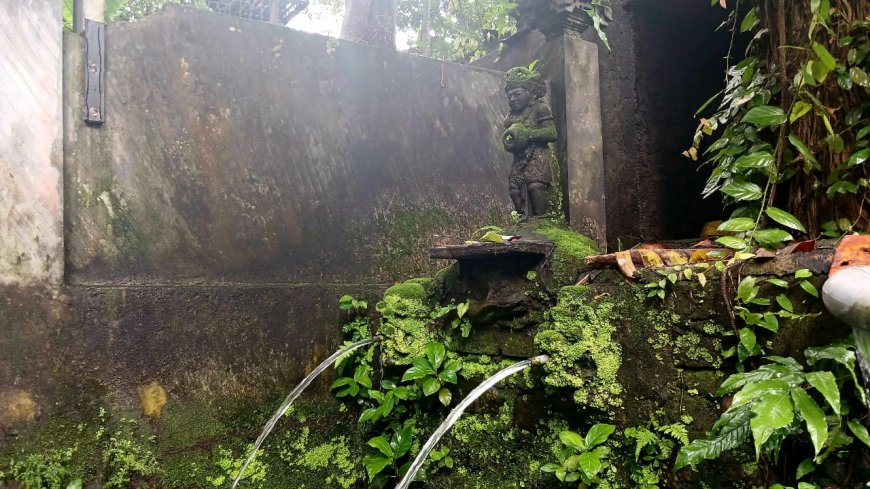
One of the Fountains at Beji Buah Muda Spring (Photo Source: Personal Collection)
At Taman Beji Buah Muda Sacred Spring, there are areas with different functions, all within the same sacred site. For Manusa Yadnya, the spring water is used for bathing and as a source of drinking water, supporting the daily needs of the local community. Meanwhile, for Dewa Yadnya, there is a designated area where the water is used as sacred water (tirta) in offerings to God (Ida Sang Hyang Widhi Wasa). This separation is intended to preserve the sanctity and honor of each function, ensuring that the water used for spiritual purposes remains pure, while the water for daily needs can be used more practically without interfering with religious ceremonies. This distinction also reflects respect for the diversity of the spring's uses, both for worldly and spiritual purposes.
If you plan to visit Taman Beji Buah Muda Spring, make sure to bring a canang as an expression of gratitude for the blessings bestowed by nature. Bringing and offering the canang is a symbol of respect for the sacredness of the spring, which is deeply honored by the local community. Additionally, it is important to maintain proper conduct while at the spring. Avoid doing inappropriate or careless actions, such as littering, making noise, or engaging in behavior that could damage the sanctity of
